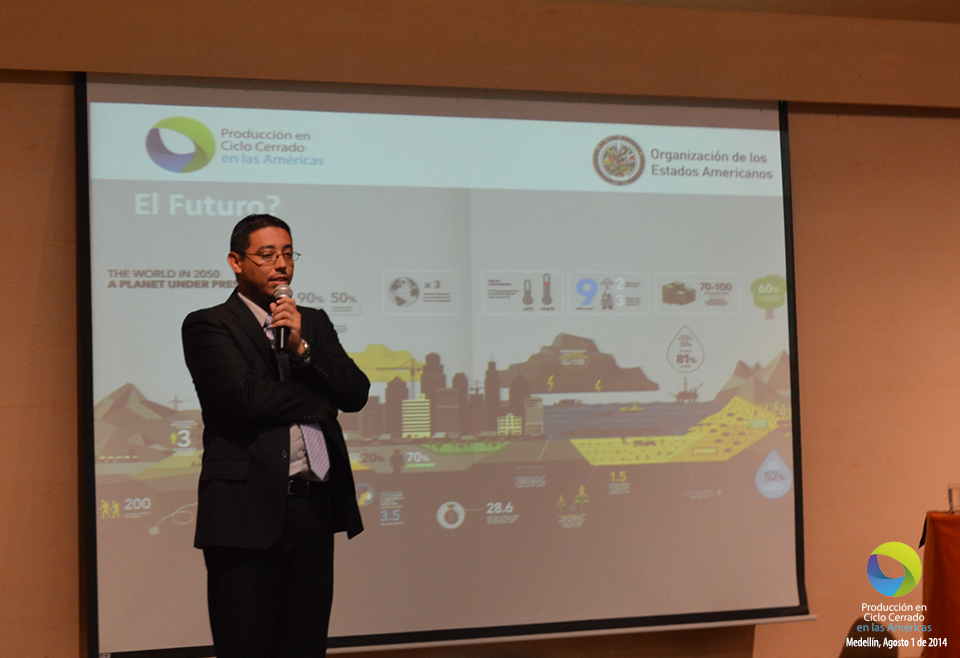
Closed Looped Cycle Production in the Americas (PCCA), an initiative led by the Department of Sustainable Development (DSD) of the Organization of American States (OAS) launched in Colombia the call “Closed Cycle Production: Accelerating the transition to a Circular Economy” on August of 2014, in collaboration with the Ministry of Commerce, Industry and Tourism (MINCIT), directed to small and medium enterprises (SMEs) belonging to the manufacturing chemical substances and products, textiles and garments, and wood and furniture sub-sectors.
Of the 12 companies that applied for technical advice on Closed Looped Production methodologies, the evaluation committee selected three companies for launching national PCCA pilot projects.

In March, the PCCA team, along with program partner organizations including the Cleaner Production Center of Colombia and McDonough Braungart Design and Chemistry (MBDC), will visit the selected companies to determine the focus of each project, according to their needs and products.
As a result of the call “First steps on closed looped cycle production in Panama” launched from November 29, 2014 to January 30, 2015, two companies belonging to the food and beverage subsectors were preselected. A workshop will be held in March 19 so companies and local stakeholders can learn more about the PCCA program and the Cradle-to-Cradle (C2C) philosophy and certification. Following the workshop, the PCCA team and partners will visit the premises of both companies to choose the company that will host the Cradle to Cradle certification pilot project. The Panama “Green seal” is simultaneously being developed, and it is expected that this initiative encourages the application of Closed Looped Production concepts.
Thirdly, the PCCA team is performing an analysis of the availability of raw materials in Trinidad and Tobago expressed in volume to determine the current and future potential of the raw materials needed to allow the development of sustainable packaging production in the country. The negative impact of styrofoam is also being analyzed. A comparison of this material with a suggested biodegradable material will be provided to involve local actors in the production of sustainable alternatives.
 View Map
View Map